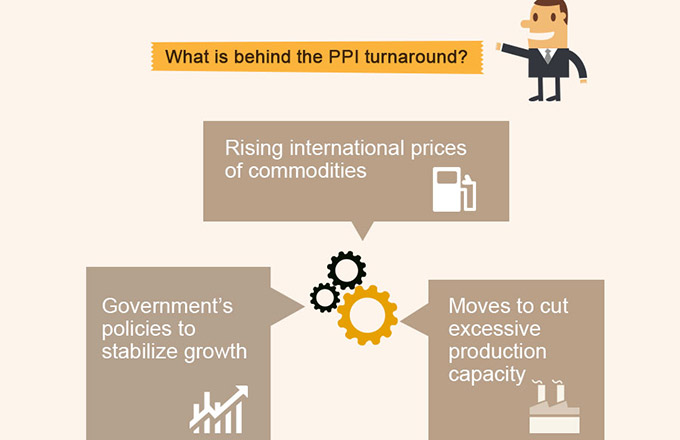Rise in lending points to stability
In line with recent upticks of indicators, higher than expected lending data in November show growing momentum for the stabilizing of the real economy, analysts said.
Total social financing, which is the central bank's measure of credit and liquidity in the economy, rose to 1.74 trillion yuan ($252.1 billion) in November from 896.3 billion yuan in October, data from the People's Bank of China showed on Wednesday.
New yuan loans issued by Chinese banks totaled 794.6 billion yuan in November, up from 651.3 billion yuan in October, data showed.
A breakdown of data by sectors showed that most new yuan loans went to mortgages, but rising demand for corporate lending points to a warming trend of the economy, according to Liu Dongliang, an analyst with China Merchants Securities.
Medium- to long-term housing loans issued to individuals totaled 569.2 billion yuan in November, up from 489.1 billion the previous month, while lending to nonfinancial sectors was 201.8 billion yuan, up from 72.8 billion in October.
"Rising demand for corporate lending provided some good news for stabilizing the economy," said Liu, adding that the data is in line with earlier indicators released by the National Bureau of Statistics.
Retail sales growth picked up to 10.8 percent year-on-year in November, which is the highest level since December last year, according to data released by the National Bureau of Statistics on Tuesday.
Commenting on the mortgage lending that went up month-on-month, Liang Hong, chief economist of China International Capital Corp, attributed strong demand for mortgages to the delayed effect of policies.
More than 20 first- and second-tier cities issued tightened policies to cool down the overheated housing market starting in October.
Data released by the NBS on Tuesday show that growth in home sales slowed to the slowest pace this year in November, and new construction starts rose by just 3.3 percent year-on-year in November, much lower than the previous month.
Liu expected that the proportion of mortgages will decline in the coming months.
Meanwhile, central bank data showed that M2, a broad measure of the money supply that covers cash in circulation and all deposits, grew by 11.4 percent year-on-year in November, while M1, a narrower measure of the money supply, rose 22.7 percent year-on-year.
"The underlying message by the central bank is that it will maintain a relatively loose environment for financing," said Liang.

















